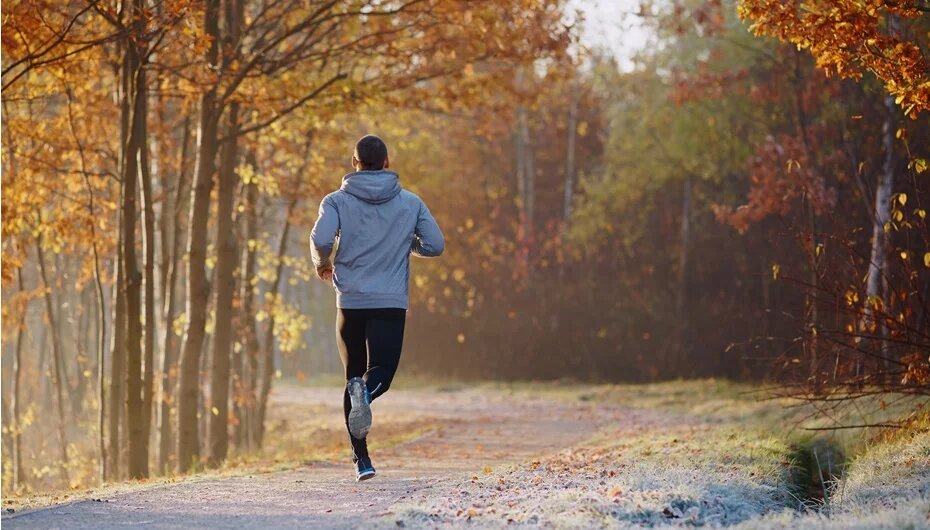What are the orthopedic benefits of running?
As an orthopedic doctor, I recommend regular running because it brings numerous health benefits, and it can be started at any age. Many people think that running is strenuous for the spine, but actually, the motion of running improves the tone of the back muscles and alleviates spinal issues that you can get from being too static. The key is regular exercise, and everyone should look for a form of exercise they enjoy.
What is the ideal distance, frequency, and pace?
If you choose running, you need to get to know our own capabilities and your ideal distance. For people who enjoy running, a five-kilometre run after a proper warm-up is ideal. Obviously, people who are trained and have been running for a long time can handle more than someone just starting. But in general - as for any form of exercise - benefits start to show after about half an hour of training. Running for half to one hour, twice a week, is perfect for an amateur runner. Of course, people who are highly trained or have serious goals may need more.
What are the most common running injuries and how can we avoid them?
In terms of running, lower limb injuries are common, although if you fall, you could break your wrist. Runners often get ankle and Achilles tendon injuries. If you run occasionally without warming up, and if perhaps you’re carrying a bit of extra weight, your Achilles tendon is more prone to tearing. Most injuries can be avoided with a thorough warm-up. If you’re running in the forest or on uneven ground covered with leaves, you need to be especially careful to avoid holes, uneven surfaces, and slippery areas. If you’re running on a track, you shouldn’t have these dangers. Knee injuries are more common in contact sports and skiing, they’re not really typical of runners.
What musculoskeletal complaints are common in runners?
As well as muscle soreness (which is natural and not harmful), runners may have some temporary hip, knee, and ankle pain due to exertion, which usually goes in a few days and won’t need medical intervention.
If you have lower limb joint complaints that don’t get better and stop your regular exercise, it’s a good idea to consult a specialist for a more thorough examination and, if necessary, treatment. Ongoing complaints could be joint cartilage damage or ligament injury, both of which should be treated to preserve our activity and living a pain-free life.
Pain in the sole area (mainly around the heel, but also in the arch) may develop after running and can often be prevented by using appropriate shoes. If these complaints are ongoing, it’s worth consulting a doctor.
How about choosing running shoes? What is the ideal terrain and surface?
Nowadays, there are many different types of high-quality running shoes available. It is worthwhile to prioritize quality, but it is not worth buying the most expensive or the latest designs. Try and find shoes that are comfortable for your feet. Most professional running stores assess how your feet are stressed and recommend running shoes accordingly. Regarding the surface, concrete is generally the worst for running because it is hard and causes significant impact upon landing - but modern shoes can dampen this quite well. The best surfaces for running are natural terrain and synthetic tracks. With good running shoes, you can run anywhere, but, if possible, avoid concrete. Running on a synthetic track with very soft shoes may give a slight sinking feeling, but it only affects sprint off and the dynamics of your running a little, it’s not harmful.

